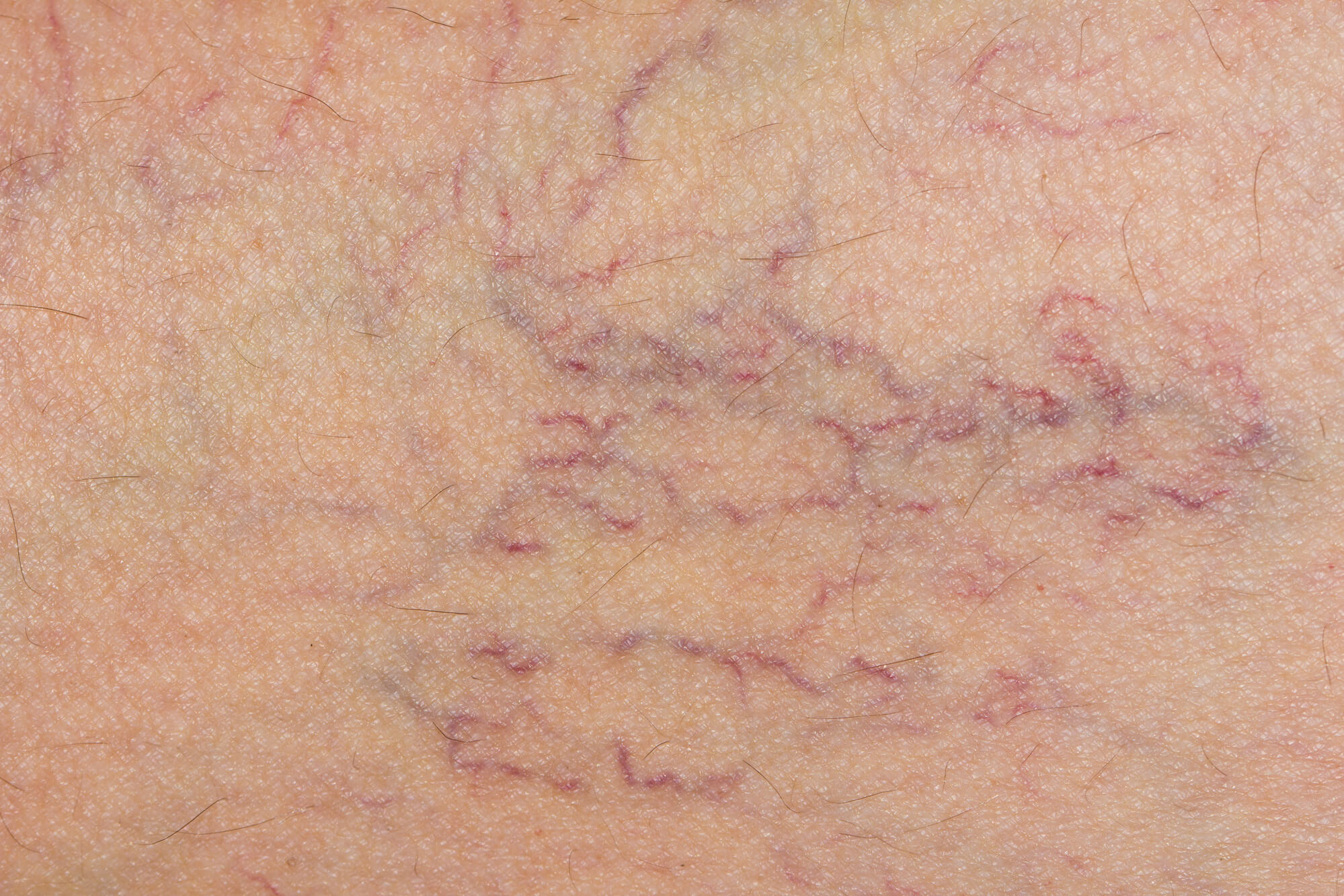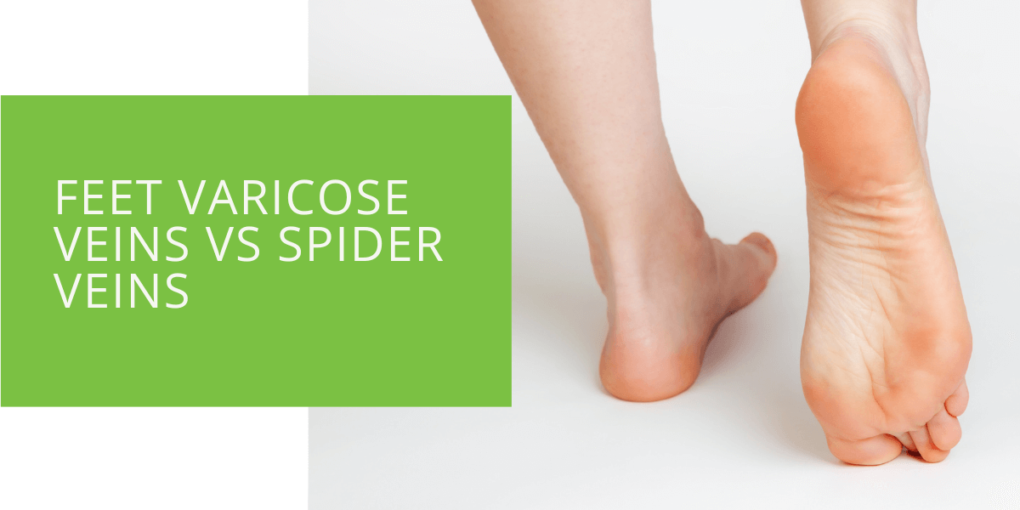Feet Varicose Veins vs. Spider Veins
Varicose veins and spider veins are both conditions that affect the veins in our legs, but many people are unsure of the differences between them. This article will examine the causes and symptoms of varicose veins and spider veins, explore their differences, and discuss various treatment options.
What are Varicose Veins and Spider Veins?
Varicose veins and spider veins are both caused by problems with the valves in the veins of the legs. These valves keep blood flowing in the right direction, but when they become damaged, blood can flow backward and pool in the veins, causing them to bulge and become visible under the skin.
Varicose veins are larger than spider veins and may appear blue, green, or red. They are typically raised above the skin's surface and can be felt as a bulge. Spider veins, on the other hand, are smaller and usually appear as a network of thin, red, or blue lines, often resembling a spider web. While both conditions can occur anywhere on the legs, varicose veins are more common on the calves and thighs, while spider veins are more likely to occur on the feet and ankles.
Differences Between Varicose Veins and Spider Veins
The main difference between varicose and spider veins is their appearance and location. While varicose veins are typically larger and raised above the skin, spider veins are smaller and appear as a web-like network of thin lines just under the skin's surface. Additionally, varicose veins are more likely to occur on the calves and thighs, while spider veins are more common on the feet and ankles.
Another difference between the two conditions is the severity of the symptoms they cause. Varicose veins can cause pain, itching, and swelling and, in severe cases, can lead to skin ulcers or blood clots. Spider veins, on the other hand, are typically only a cosmetic concern and do not typically cause pain or other symptoms.

Symptoms of Varicose Veins
Varicose veins can cause a variety of symptoms, including:
- Pain or aching in the legs, especially after standing or sitting for long periods
- Swelling in the legs
- Itching or burning sensations
- Skin discoloration, typically around the affected vein
- Ulcers or open sores in severe cases
If left untreated, varicose veins can also lead to complications such as blood clots or deep vein thrombosis.
Causes of Varicose Veins
Varicose veins can be caused by a variety of factors, including:
- Genetics
- Age
- Gender (women are more likely to develop varicose veins than men)
- Obesity
- Pregnancy
- Prolonged periods of standing or sitting
- Hormonal changes
Treatment for Varicose Veins
There are several treatment options available for varicose veins, depending on the severity of the condition. Some of the most common treatment options include:
- Compression stockings: Wearing compression stockings can help to improve blood flow in the legs and reduce swelling and discomfort.
- Sclerotherapy: This involves injecting a solution into the affected vein, which causes it to scar and eventually fade from view.
- Laser therapy: This involves using a laser to heat the affected vein and cause it to collapse.
- Endovenous ablation therapy: This minimally invasive procedure uses heat to close off the affected vein.
- Surgical intervention: In severe cases, surgery may be necessary to remove the affected vein.

Prevention of Varicose Veins
While there is no guaranteed way to prevent varicose veins, there are several steps you can take to reduce your risk of developing them. These include:
- Maintaining a healthy weight: Excess weight can pressure the veins in your legs, increasing your risk of developing varicose veins.
- Regular exercise: Exercise can help to improve circulation in your legs and reduce your risk of developing varicose veins.
- Avoiding prolonged periods of standing or sitting: If your job requires you to stand or sit for long periods, try to take regular breaks to move around and stretch your legs.
- Wearing compression stockings: If you are at high risk of developing varicose veins, your doctor may recommend wearing compression stockings to improve blood flow in your legs.
- Elevating your legs: If you experience swelling in your legs, elevating them above the level of your heart for short periods can help to reduce the swelling and improve circulation.
Symptoms of Spider Veins
Spider veins, unlike varicose veins, typically do not cause pain or discomfort. However, they can be a cosmetic concern for some people. Symptoms of spider veins may include:
- A network of thin, red, or blue lines just under the surface of the skin
- Itching or burning sensations around the affected area
- Swelling around the affected area

Treatment for Spider Veins
Treatment for spider veins is typically cosmetic and may include the following:
- Sclerotherapy: This involves injecting a solution into the affected vein, which causes it to scar and eventually fade from view.
- Laser therapy: This involves using a laser to heat the affected vein and cause it to collapse.
Prevention of Spider Veins
While it is not always possible to prevent spider veins, there are several steps you can take to reduce your risk of developing them. These include:
- Maintaining a healthy weight: Excess weight can pressure the veins in your legs, increasing your risk of developing spider veins.
- Regular exercise: Exercise can help to improve circulation in your legs and reduce your risk of developing spider veins.
- Avoiding prolonged periods of standing or sitting: If your job requires you to stand or sit for long periods, try to take regular breaks to move around and stretch your legs.
Conclusion
Varicose and spider veins are common conditions that can affect the veins in our legs. While they share some similarities, there are also important differences between the two conditions that are important to understand. By preventing these conditions and seeking prompt treatment when necessary, you can help keep your veins healthy and avoid potentially serious complications. If you are experiencing symptoms of varicose or spider veins, or have concerns about your risk for these conditions, talk to your podiatrist or healthcare provider for guidance and advice.

